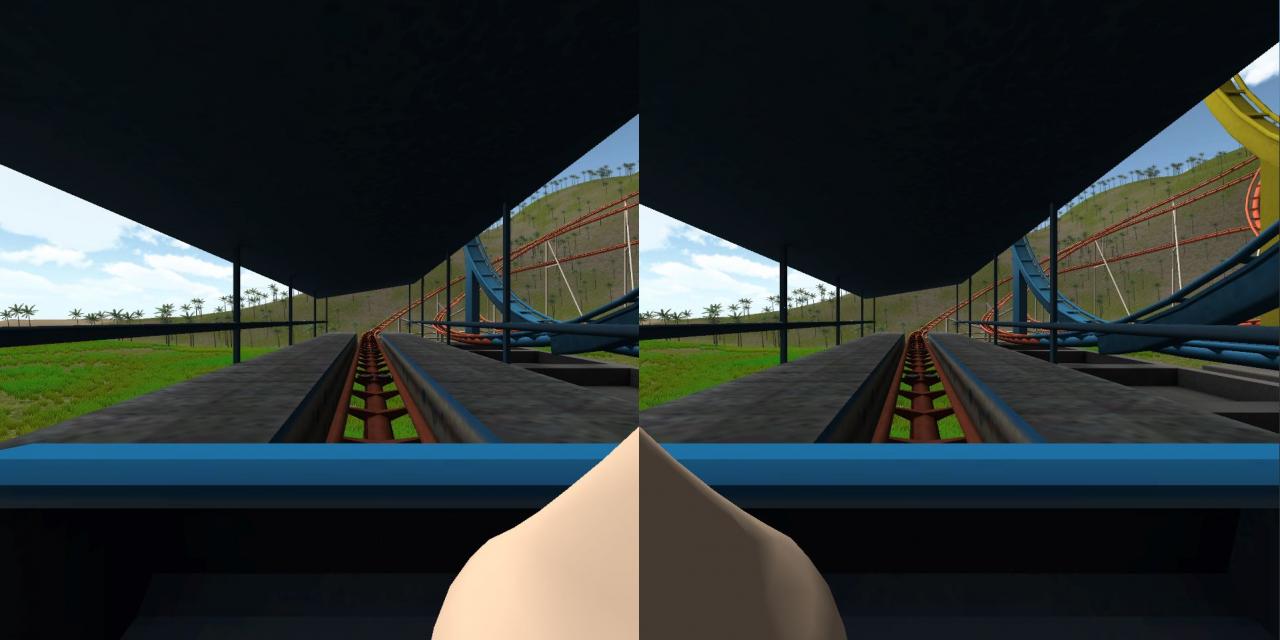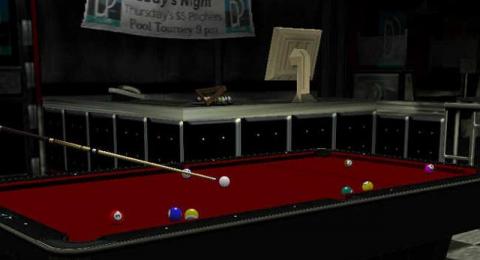
Nausea experienced by most VR users is probably the main deterrent to the technology's adaption. Interestingly enough, the solution might be as simple as adding a virtual nose.
Researchers at Purdue University found that adding a virtual nose to first person virtual reality games significantly extends the time users can stay in the virtual reality before feeling sick.
"Our suspicion is that you have this stable object that your body is accustomed to tuning out, but it's still there and your sensory system knows it," said Purdue Game Innovation Laboratory director Dr. David Whittinghill. In fact, our noses are always present in our fields of view but our brains have evolved to involuntarily ignore it. Apparently, our brains feel less nauseated when it is able to locate this familiar key point.
Understandably, VR nausea varies from person to person and from one scene to another. "The roller coaster demo is short, but it's very intense...so people can't do it very long under the best of circumstances. We had a reliable increase of 2 seconds, and it was a very clear trend," said Dr. Whittinghill. On the other side, users are able to stay in a more relaxing demo where they explore a Tuscan villa for a considerably longer time. Adding a virtual nose to that demo extended users' stay by 94.2 seconds.








